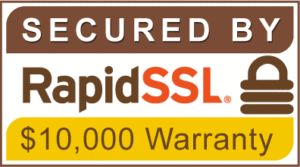 Depending on how large or small your account is, you may have just a few campaigns within your account. On the other hand, you may be one of those bigger account holders that end up with around 50 or 100 campaigns within your account. Regardless of how many campaigns you end up with in your account, you already know that you will definitely have far more ad groups inside your campaigns as you begin to put things together in an organized manner. And with that, you cannot just throw ad groups all over the place inside your campaigns as you are building them out. So, with this write up we will go over the importance of “correct grouping of ad groups will help keep your keywords and ads organized”.
Depending on how large or small your account is, you may have just a few campaigns within your account. On the other hand, you may be one of those bigger account holders that end up with around 50 or 100 campaigns within your account. Regardless of how many campaigns you end up with in your account, you already know that you will definitely have far more ad groups inside your campaigns as you begin to put things together in an organized manner. And with that, you cannot just throw ad groups all over the place inside your campaigns as you are building them out. So, with this write up we will go over the importance of “correct grouping of ad groups will help keep your keywords and ads organized”.
How to Come Up with Ad groups Within Your Campaigns
Typically, you will already have an idea of your main campaign names that you will have picked out based on your products or service specifics. There is not an average amount of campaigns that we can really give you in regard to how many campaigns you will want in your account. The amount definitely will vary from account to account. As we all know, each industry is different. As a result, the requirements for each industry, (as far as how detailed you want to go), will alter based on how detailed you want to get with your campaign names. By now you should have a good idea of how many campaigns you are going to have (or at least how many to start with), which will then lead you into how granular you want the variances of the ad groups and keywords that are inside of each campaign. For example, let’s say that you are going to start from scratch with a brand new campaign, and you are also starting from scratch with your keyword research to then formulate the names of your campaigns, ad groups, and keywords. With all of the keyword research you have already completed, you should have a pretty good idea of what keywords you want to spend your money on and which ones that you do not want to spend your money on.
 Once you have the set of keywords that you are ready to fund, take a closer look at them and see if you can fit them into a “theme” so to speak. For instance, if your campaign name is “Oranges,” you may have ad group names such as “tangerines” or “navels”. So, now let us say that inside of the tangerines ad group you have keywords that might look like this “where to buy tangerines,” “stores that sell tangerines,” “box of tangerines online,” or “tangerines prices”. As you can see by this example, the ad group name “tangerines” houses all the variations of the keyword phrases consisting of the word tangerines. As for the other ad group “navels,” the same format can apply, there just may be some different phrases that come out when you put them together. But the basic idea applies either way. This should give you a good idea of how to come up with ad group names within your campaigns, and pretty much base everything on your keyword research and what all the phrases look like that you are using.
Once you have the set of keywords that you are ready to fund, take a closer look at them and see if you can fit them into a “theme” so to speak. For instance, if your campaign name is “Oranges,” you may have ad group names such as “tangerines” or “navels”. So, now let us say that inside of the tangerines ad group you have keywords that might look like this “where to buy tangerines,” “stores that sell tangerines,” “box of tangerines online,” or “tangerines prices”. As you can see by this example, the ad group name “tangerines” houses all the variations of the keyword phrases consisting of the word tangerines. As for the other ad group “navels,” the same format can apply, there just may be some different phrases that come out when you put them together. But the basic idea applies either way. This should give you a good idea of how to come up with ad group names within your campaigns, and pretty much base everything on your keyword research and what all the phrases look like that you are using.
We are the leader in helping large and small agencies deliver Pay per click management services like Google Ads Management to their clients. Can we help you? Check out more about Our White Label PPC Services to learn more about what we can do to help your agency today.
Now, there are also others who get even more granular with the ad groups and will even break it down further than just the “tangerines” and “navels,” such as “tangerines near me,” or “tangerines online,” or something like “tangerines as a gift”. You can get as granular with the amount of ad groups as you wish, but a lot of times breaking the ad groups down too granular can become very unorganized and is often very unnecessary. Keeping up with multiple granular ad groups that could literally be combined into one single ad group can end up costing you far more time that you really need to spend on your account. However, the choice is always up to you, and you will end up figuring out which ad group count is the right one for your Google Ads account.
Correct Ad Group Build-outs Lead to Better Ad Copy
 Along with the cleanliness of how tight your keyword sets are within each ad group theme, the better your ad group buildouts are will also lead to much better ad copy for each ad group. There are two primary components that are within each ad group you have in your campaigns. First, you have your keywords. Secondly, you have your ads. Both should be using the same theme type words as your ad group name. We already discussed keywords in the above section of this write up. Now we will get into the ad copy and how it is important to have good ad group sets for better ad copy. Because your ad group name (or theme) has super relevant keywords within them, it is now best practice to write your ad copy for each ad group by using the keywords within that ad group. At a very minimum you should use your keywords or primary keyword phrase at least once within your ad copy. Even better would be to use the keyword or keyword phrase in Headline 1 or Headline 2, and if at all possible, use it another time within your Description 1 or Description 2 (if you are using Googles new additional Headline 3 and Description line 2).
Along with the cleanliness of how tight your keyword sets are within each ad group theme, the better your ad group buildouts are will also lead to much better ad copy for each ad group. There are two primary components that are within each ad group you have in your campaigns. First, you have your keywords. Secondly, you have your ads. Both should be using the same theme type words as your ad group name. We already discussed keywords in the above section of this write up. Now we will get into the ad copy and how it is important to have good ad group sets for better ad copy. Because your ad group name (or theme) has super relevant keywords within them, it is now best practice to write your ad copy for each ad group by using the keywords within that ad group. At a very minimum you should use your keywords or primary keyword phrase at least once within your ad copy. Even better would be to use the keyword or keyword phrase in Headline 1 or Headline 2, and if at all possible, use it another time within your Description 1 or Description 2 (if you are using Googles new additional Headline 3 and Description line 2).
In a nut shell, this makes your ad copy far more relevant to the actual searcher who typed in a particular keyword phrase in the Google Search, which makes them far more likely to click on your ad based on them seeing their search within the ad itself. The other thing that this does for you is gives you a much better Quality Score and ad relevance in Google’s eyes. Googles whole thing is to make sure that the end user (the searcher) has a user-friendly experience, and that if the end user is searching for something specific, that they find it on their first try searching Google. Google feels that if the user experience is better; the more people will use Google for all their searches. When ads are relevant, the keywords are relevant, and the landing page is relevant, Google will often reward you with better positions and a lower cost per click.
In closing, you have multiple benefits by making sure your ad groups and themes are created correctly. You will not only cater that much better to your target audience based on what they are searching for, but you will also cater to Google and their goal of making the Google search engine more user-friendly. The end results should end up being, when you give Google what they want (as far as structure, and a better user friendly experience), Google in return will give you what you want (higher positioning, lower cost per click, and more). And you end goal should then come closer to being met, or it should meet your goals of either leads or sales.
Google Adwords Certified
Senior PPC Consultant
That! Company
Bobby Pena






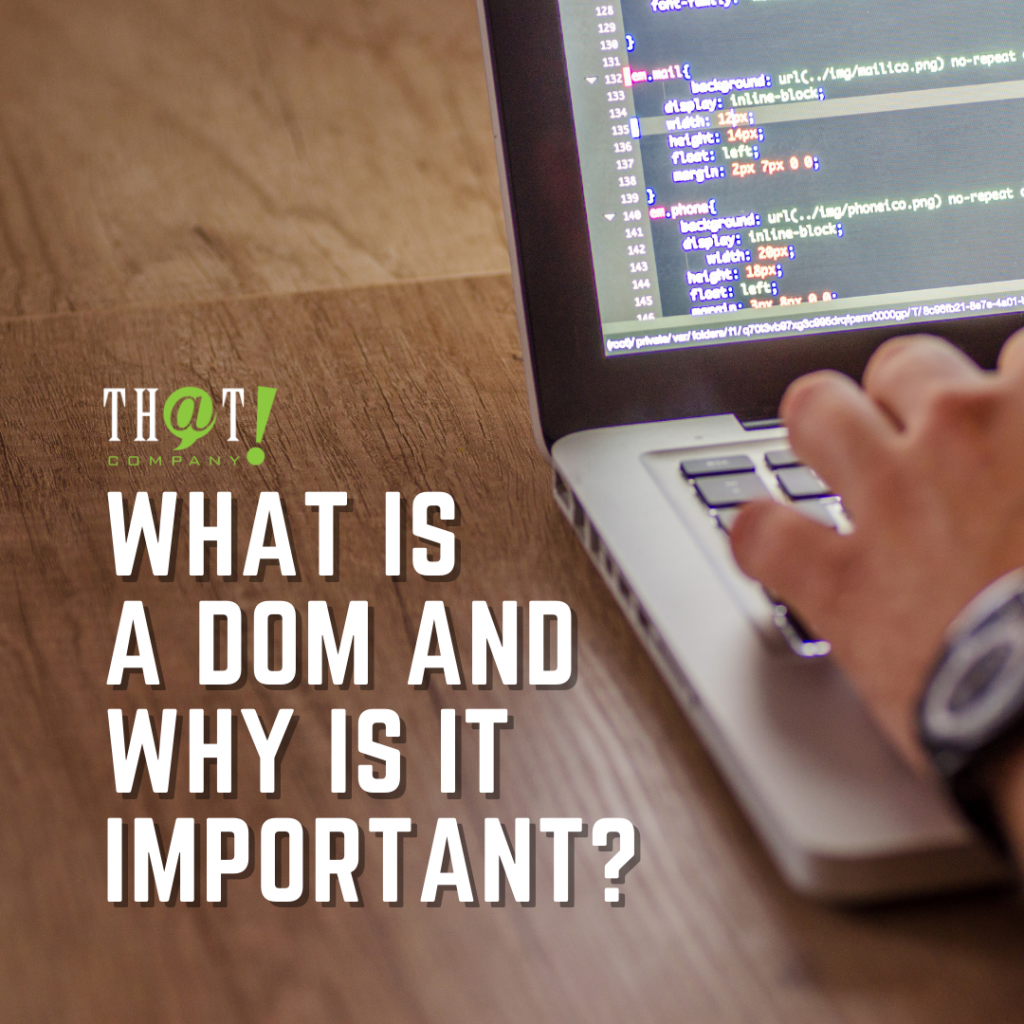



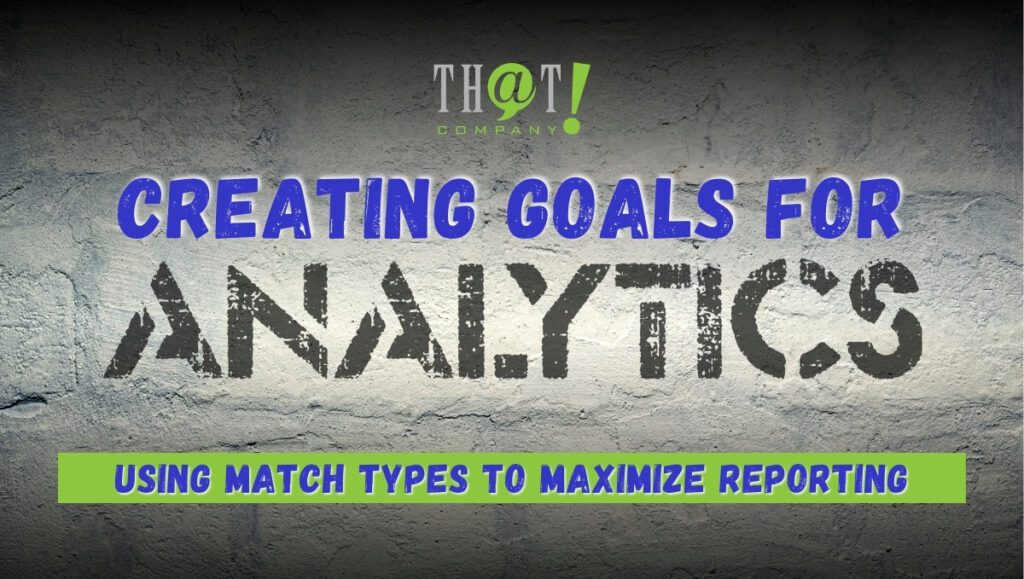


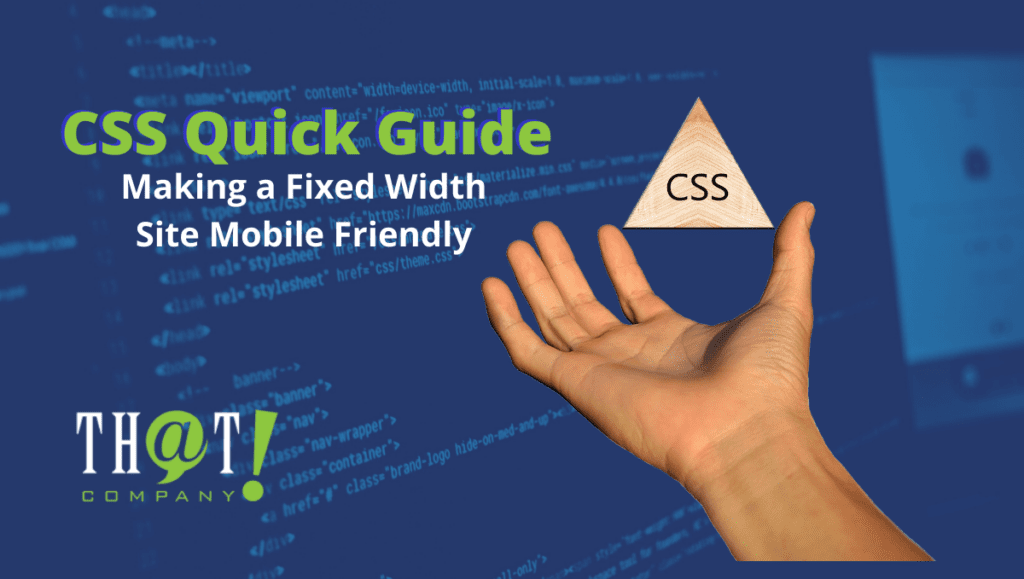

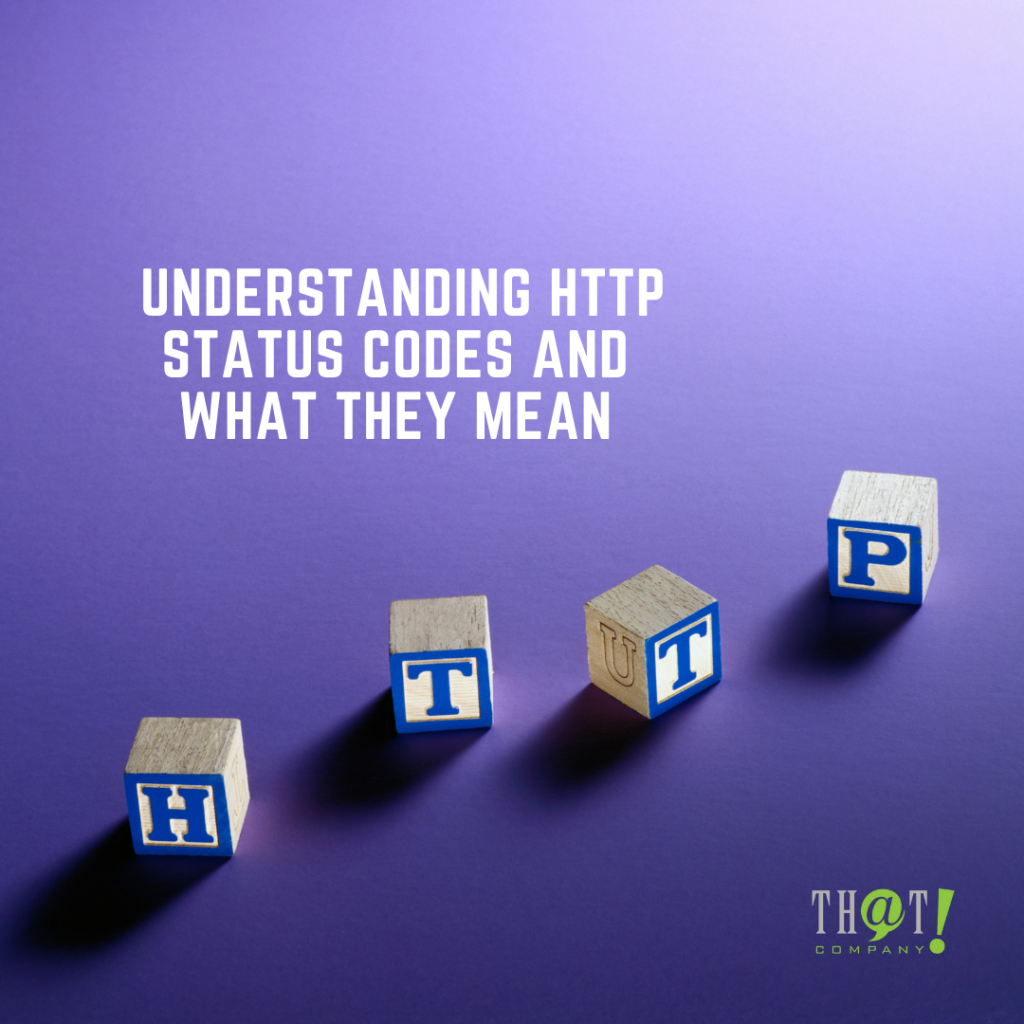


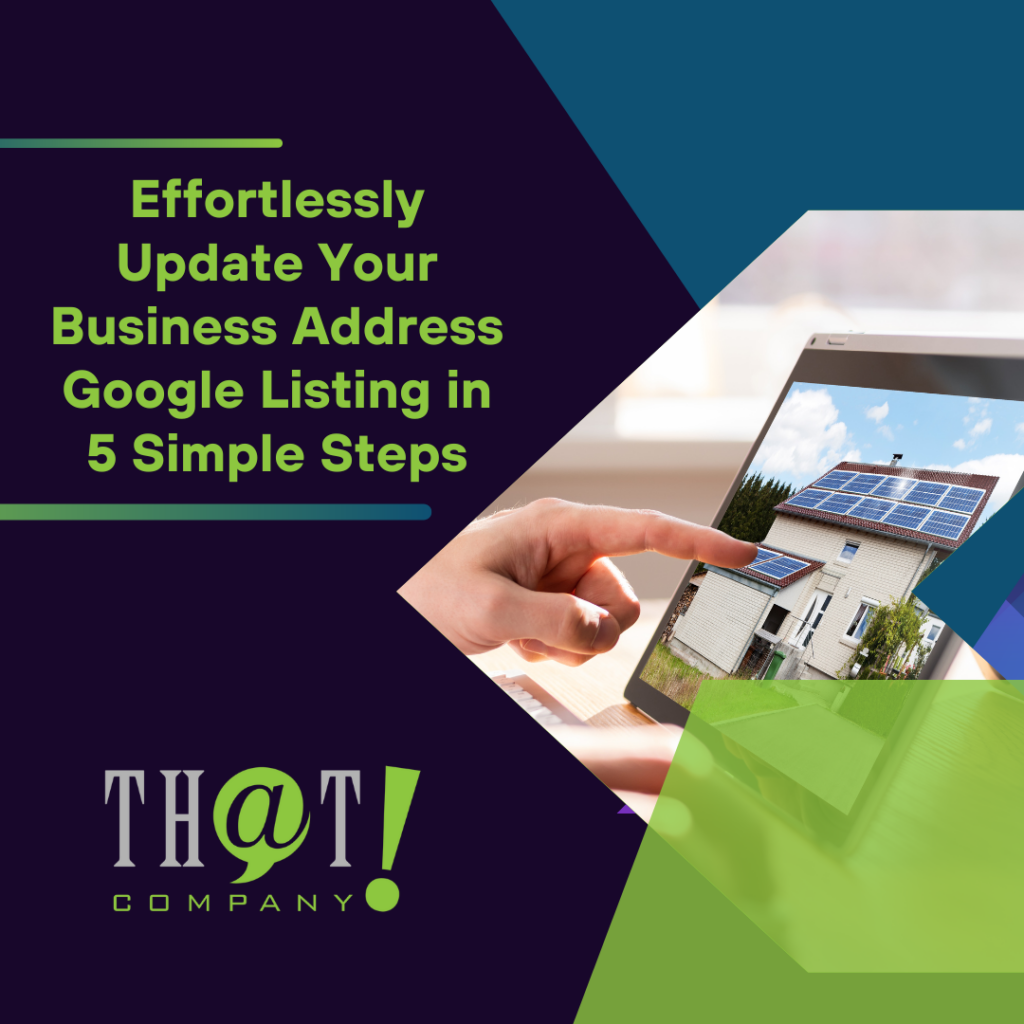

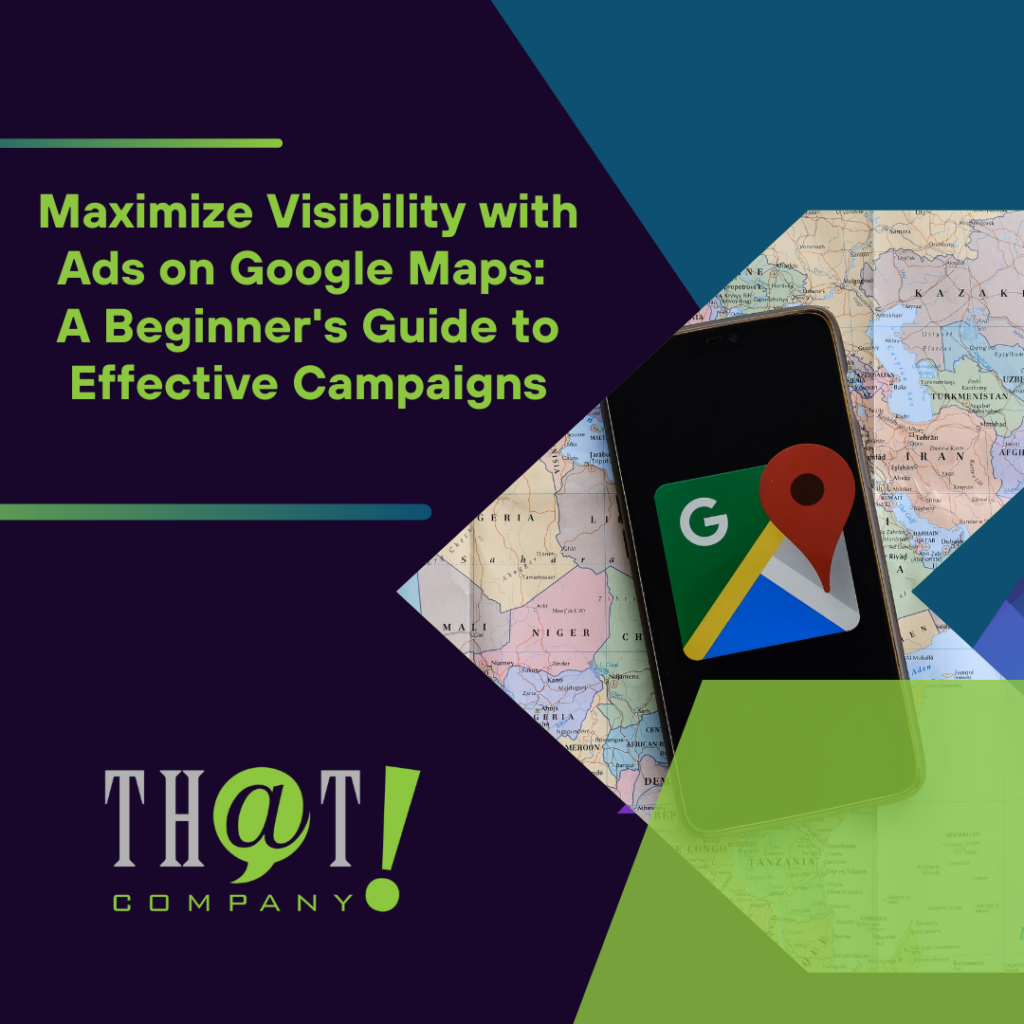
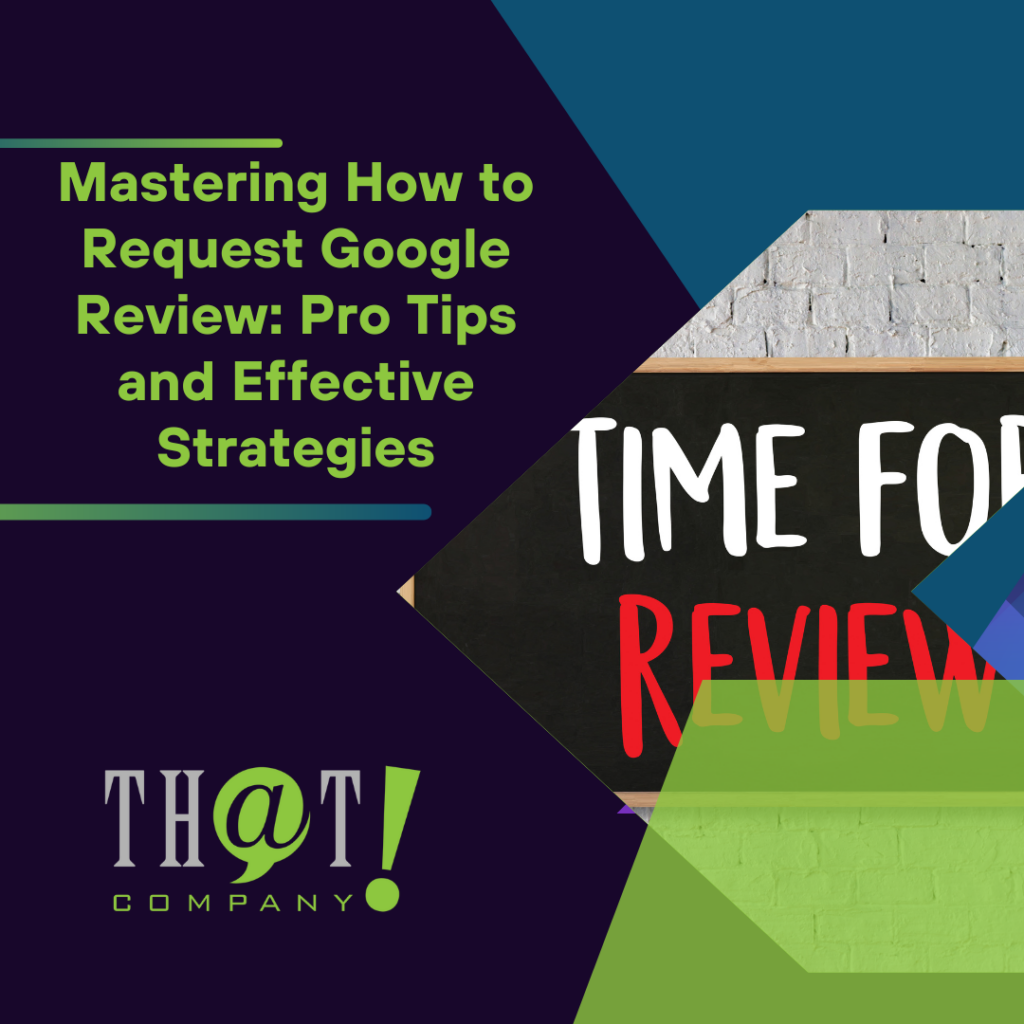

 Talk With Us
Talk With Us  Give Some Love
Give Some Love 
